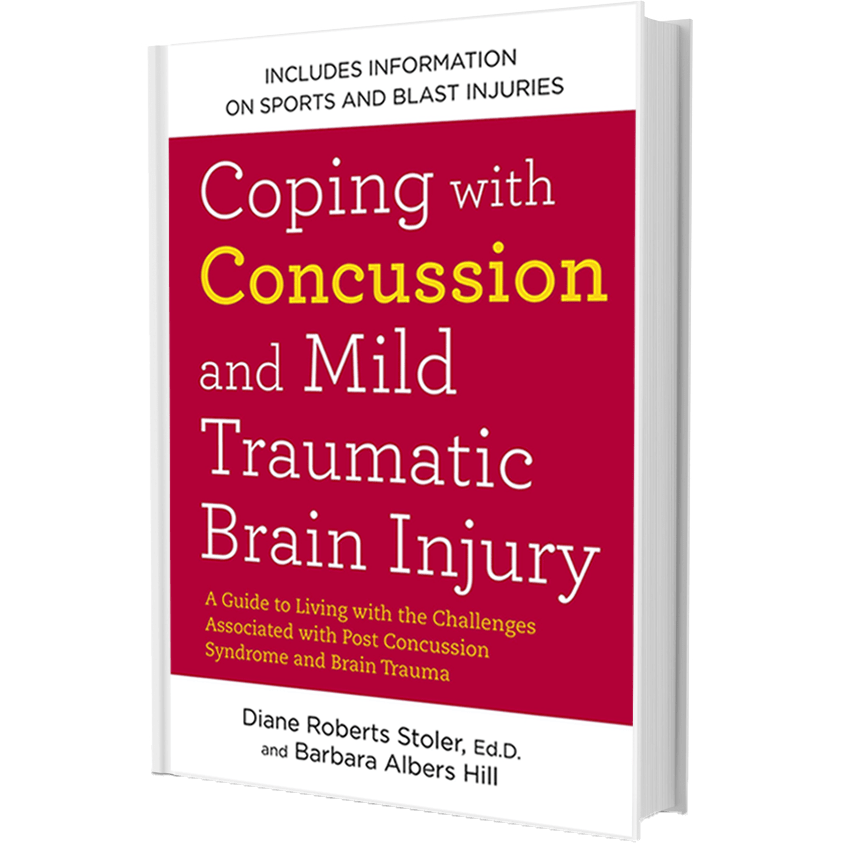Brain Injury: Grieving the Loss of Self & Suicidal thoughts 20 years later.
Grieving the loss of self is rarely mentioned in coping with a brain injury. No, the neurologist discusses the various physical symptoms, while the mental health professional discusses the psychological, trauma or family situation. The rehab specialist usually discusses how you are functioning in your recovery, yet no one ever talks about how the person you used to be…died. In the despair of this reality, there is the question of why are you still alive or, whoever it is that is alive, that doesn’t feel like you. In 1990, I had 3 offices and over 256 patients; then on March 5th, all that changed. I lost being a mother, wife, friend and psychologist. I used to wonder why I ever came out of the car alive. The only person I could count on to be there …..me…was gone. I used to spend hours thinking of how to end my life and couldn’t figure out why I was kept alive.
In those dark hours of despair, there was still hope and an inner force that kept me going for which I’m grateful.
All cultures and religions have developed rituals and customs of mourning to assist the grieving process. It is important to acknowledge that there was a loss.
By honoring their memory, you give hope. It is important to recall achievements, or special moments in the past, as you would at a wake, funeral or at the home of a beloved one; so too, with a person with a chronic illness or dysfunction. Grieving allows the person with a disability to move from the old self to develop new dreams and hopes.
I often describe myself as being similar to a restored house. There is a program on PBS, “This Old House,” where they refurbish old houses. I think of my prior self as an old house. I was a woman, daughter, wife, mother, psychologist, musician and teacher. I enjoyed and loved the house which was me.
Then, similar to a hurricane coming along, the stroke, a 60 mph head-on auto collision, brain surgery and a recent auto accident destroyed portions of the house, which was me.
The months and years of rehabilitation are similar to adding new lumber and new materials to the original design. To outward appearances, the restored house looks the same as the original, but it is not. It is a composite of old and new materials. This is the same for me.
I look and sound similar to my old self; but instead, I’m a composite of the old and the new. Because I do look the same, it is often hard for others to accept who I am… now. I had to learn to grieve the person I used to be and have learned to accept who I am… now. By doing so, I’ve helped others to accept who I am now, instead of who I used to be.
I had a stroke. I am… brain damaged. I am… a person living with a brain injury. I have a disability, but am no longer handicapped by it. I have gone from being a victim, to a survivor, to a person who has sustained a brain injury.
It is from within the human spirit that hope can lead to new life.
Hope does not take away the symptoms of our disabilities; rather it helps us to have the courage to go beyond our disabilities so as not to be handicapped by them.


